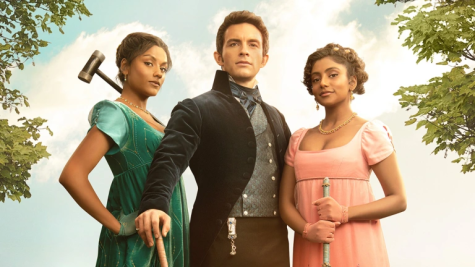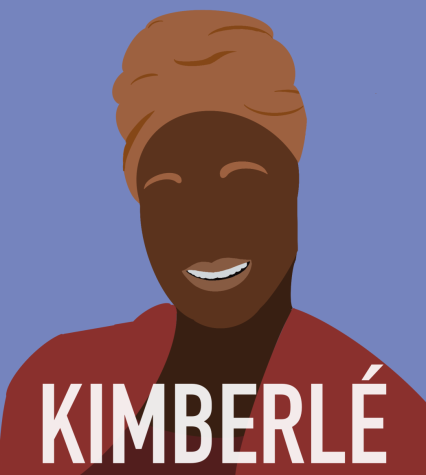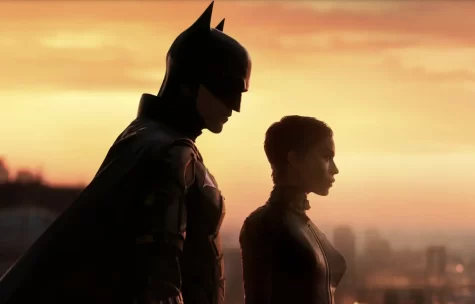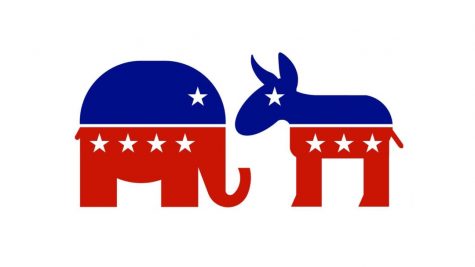Book Bannings Across the Country
A couple of weeks ago, a Tennessee school board voted to ban the Pulitzer-Prize winning graphic novel “Maus” from its curriculum, setting off a firestorm across the country. The board stated that the book had been removed due to depictions of nudity (It should be noted every character in “Maus” is an anthropomorphized cartoon mouse), violence, strong language and stated that it would be replaced with a more “age-appropriate” book about the Holocaust. This decision, only the latest in a string of book bannings recently taking place across the country, is seen as part of a trend called “pajamafication.”Where students’ first introductions to difficult historical topics are sanitized, packaged versions that are ostensibly meant to “protect” children from difficult topics, but actually give a diluted version of past atrocities. These kinds of World War II stories are typically fictional accounts of the time period that tend to turn into cookie-cutter messages about good triumphing over evil and reduce the Jewish people to tragic plot devices. Meanwhile, books such as “Maus” and “Night” that don’t attempt to downplay the Holocaust get pushed aside.
While this singular instance may seem like an isolated incident, the banning of “Maus” is only a part of recent trends that have been sweeping across the country. Last October, Texas Representative Matt Krause sent a list of 850 books that he claimed could cause discomfort to students, and is demanding that school districts in Texas report whether or not these books are in classrooms or libraries, and report how many copies and how much money was spent on them. Several have pointed out that the list contains a good number of stories from LGBTQ+ authors and authors of color. Krause has claimed that these books could cause students guilt, anguish, or any other form of psychological distress because of their race or sex or convey that a student, by virtue of their race or sex, is inherently racist, sexist or oppressive, whether consciously or unconsciously.
These two incidents appear to tie together directly into the surge of anti- Critical Race Theory (CRT) sentiment across the nation. CRT has long been a controversial topic in the United States, with many of our nation’s leaders publicly against it being taught in schools. In September 2020, Trump issued an executive order directing federal agencies to cancel funding for programs that mention white privilege or “critical race theory” on the grounds that it was “divisive, un-American propaganda” and “racist” after watching a piece on Fox News that denounced CRT. CRT deals with, among other things, examining history through an anti-racist lens, with a focus on storytelling. Several fierce critics of CRT have argued that its race conscious approach is a divisive tactic meant to divide students on the basis of their race, and that it furthers racist propaganda.
In early 2021, several bills were introduced with the intention of restricting CRT in schools. In May 2021, Idaho governor Brad Little signed a bill into effect that banned any educational entity from advocating for or teaching sectarianism, which includes CRT and other forms of social justice, with the Virginia governor taking a similar step with an executive order banning CRT seven months later. And later, the Florida Board of Education voted unanimously to ban public schools from teaching critical race theory. Currently, 10 other US states have introduced bills that would restrict teaching CRT, and 26 others are in the process of doing so. CRT, however, is officially taught only at a university level, though some echoes of it can be found in certain high school curriculums. Here at Fremont High, CRT is taught in the Story & Style classes.
Book bannings tie directly into the CRT hysteria. Most of these bannings, which have been targeted at marginalized authors and regard heavy topics such as the Holocaust and the history of racism in America seem perfect targets to CRT critics who fear “division” on the basis of race. They then get replaced with more palatable novels that perhaps aren’t so condemning of our country’s long history of racism, with more pleasing messages on the end. Only time, however, will tell how it continues to reverberate in American schools and their history and literature curriculums.






















